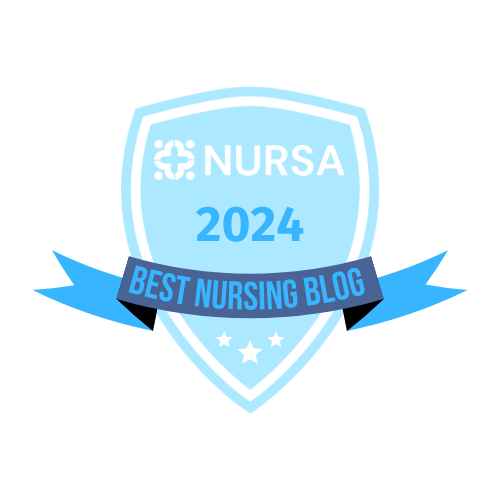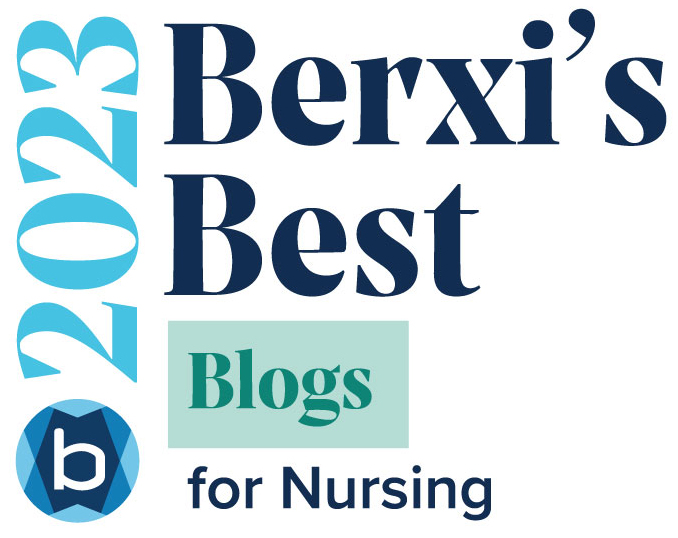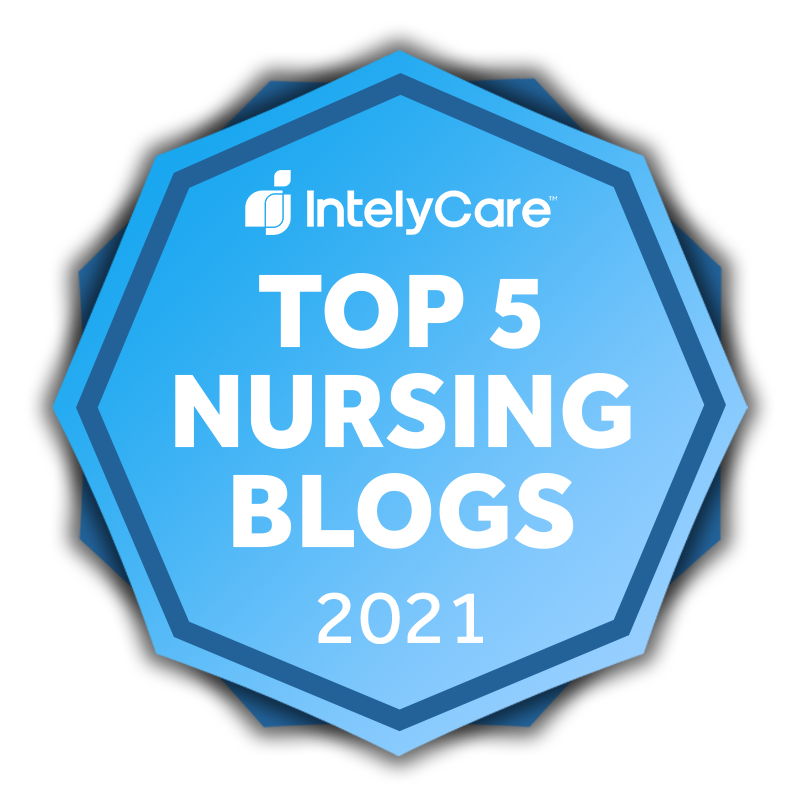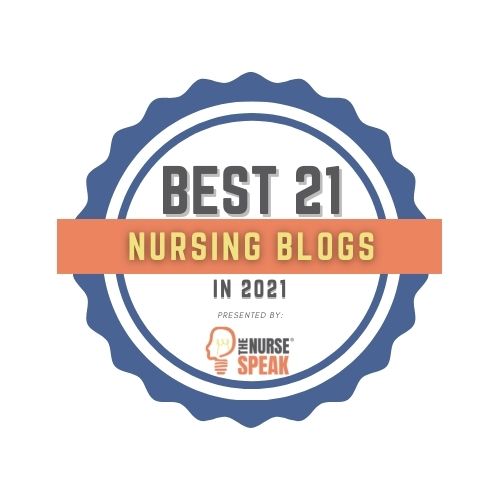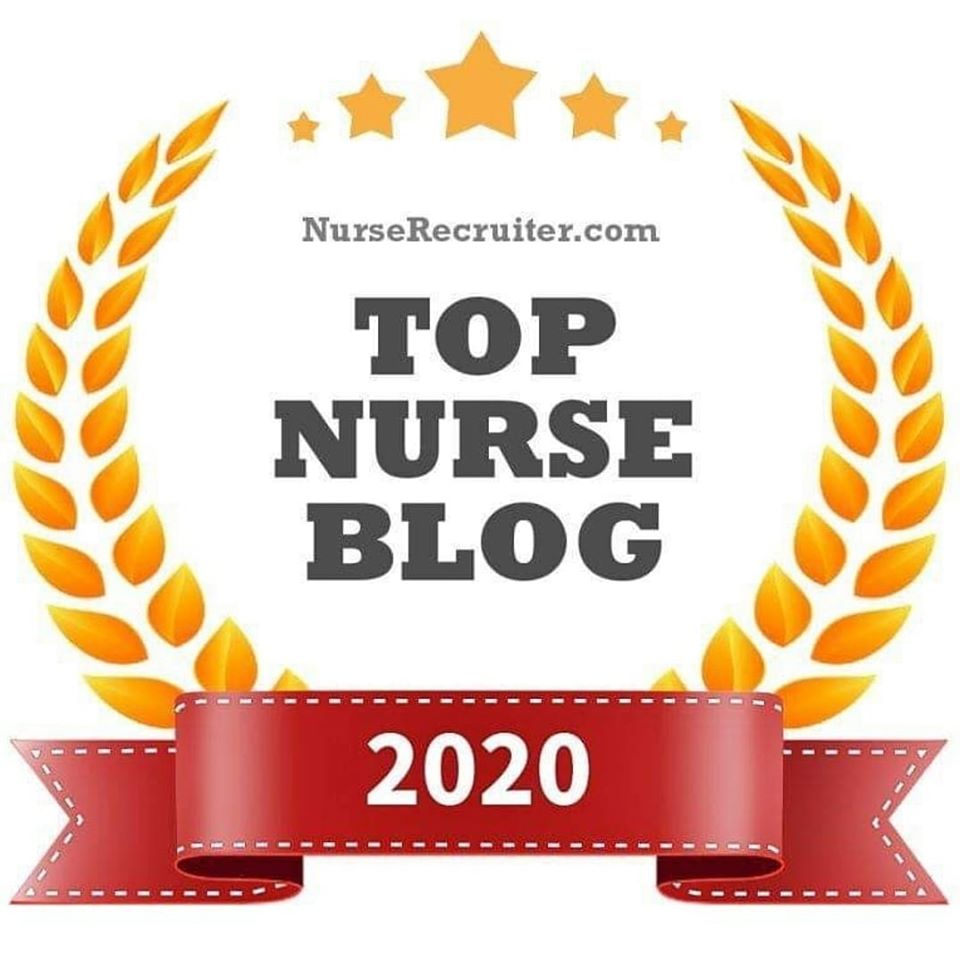
This article was originally published on Kaplan Test Prep’s Calling All Nurses
One of the greatest challenges we face in healthcare today is the ability to balance
healthcare quality with low costs. With current changes in healthcare reimbursement, there is a focused effort on moving to value-based purchasing, also known as pay for performance.
In part one of this two-part article, we defined Hospital Value-Based Purchasing, along with the HCAHPS Survey. In part two, we will identify the nursing implications for practice regarding Hospital Value-Based Purchasing and provide tips for nurses to positively impact their clients’ perceptions on the care received during an inpatient stay.
Nursing implications of HCAHPS
According to RN.com (2017), in hospitals, nurses are the primary caregivers 24 hours a day, seven days a week for patients; therefore, the impact on client satisfaction overall is directly related to the nursing care delivered. An entire section of the HCAHPS survey is dedicated to questions directly related to the clients’ perception of nursing care received while in the hospital. Many of the nursing HCAHPS items relate to effective communication and interaction. The nurse is in a perfect position to facilitate communication, not only with clients and nursing staff, but with other disciplines as well.
Some HCAHPS items relate to communication about medications and discharge teaching, as well as ask about the client’s understanding of the information provided. The nurse has the opportunity to provide information about medications and discharge expectations throughout the hospitalization. To validate the effectiveness of teaching, the nurse uses the teach back method, by asking the client to state their understanding of the information provided.
HCAHPS also measures the client’s perception of pain management—specifically how long they had to wait in pain before a nurse provided pain relief interventions. Finally, some of the HCAHPS items relate to cleanliness and quietness of the patient care environment, and nurses can enhance their communication with other team members that can impact the client care environment, such as reducing noise levels at the nurse’s station.
Strategies for nursing success
Many hospital-acquired conditions are directly influenced by nursing care. An example could include the progression of pressure ulcers that may develop with insufficient turning and repositioning and poor nutrition. Hospitals are no longer reimbursed for treating Hospital Acquired Conditions, and therefore it is extremely important that if the condition is present upon admission that fact is well-documented as well as any incidents that occur during the hospitalization.
Here are some strategies to positively impact patient’s perceptions and prevent Hospital Acquired Conditions:
- Enhance communication with clients, keeping them updated and encouraging other members of the healthcare team to do the same.
- Keep the client’s room and nursing unit clean and quiet.
- No matter how busy or hectic it gets, always treat your clients with respect and courtesy.
- Always adhere to practice guidelines designed to prevent catheter-associated urinary tract infections (CAUTI) and central line associated bloodstream infection (CLABSI).
- Monitor blood glucose closely, reporting any abnormal results and implementing protocols effectively.
- Adhere to facility policies and procedures strictly for administering blood and blood components.
- Assess all clients for fall risk, and implement fall precautions.
- Pay careful attention to the procedure for sponge, sharps, and instrument counts during all procedures.
- Lastly, when in doubt, check it out. Be sure to ask questions when things aren’t coming together, and get help when needed.
Best Wishes!
-Damion
